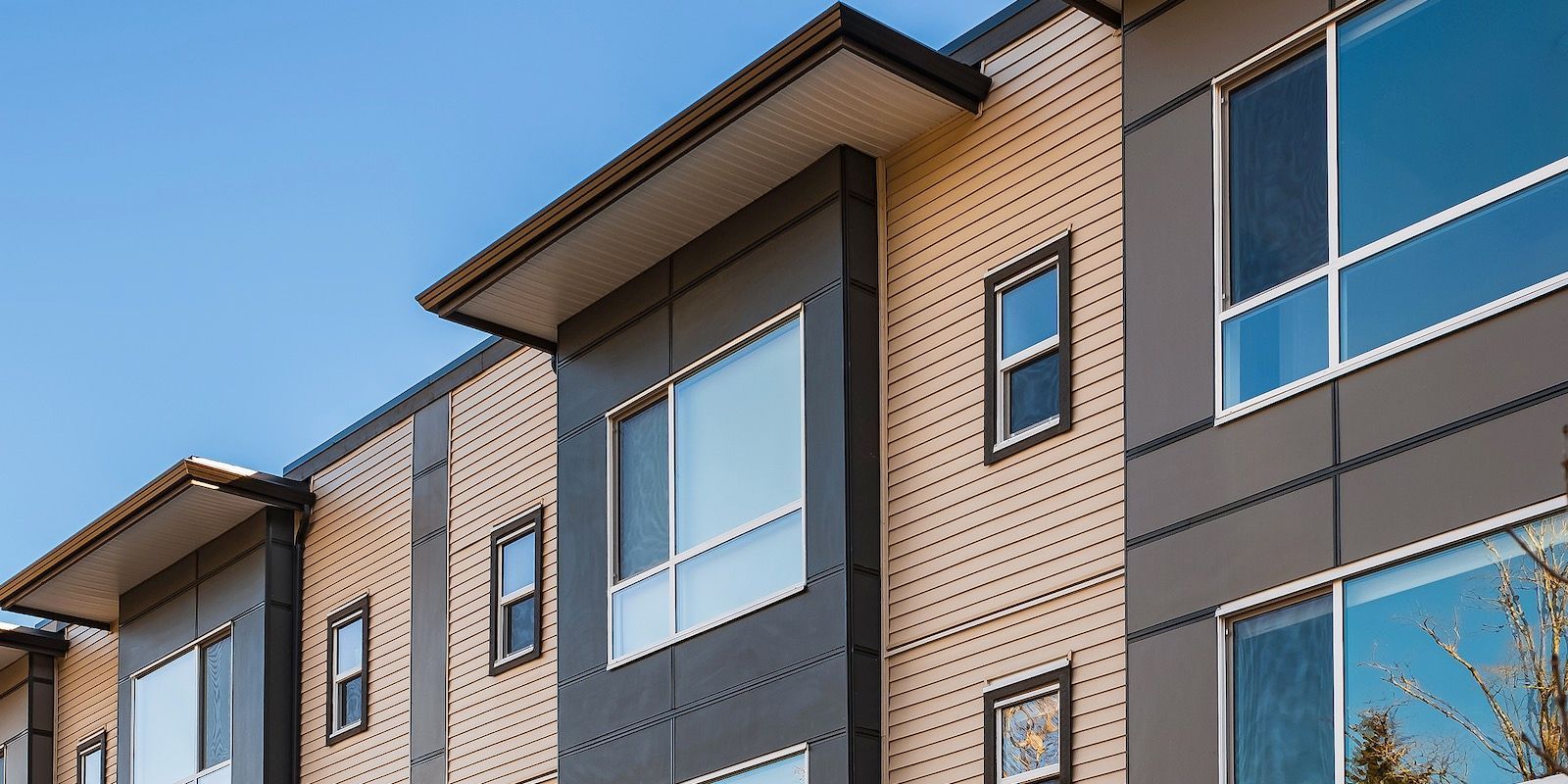Mortgage financing can be frustrating, it doesn't have to be when you follow my simple 3 step plan.
Get started right away
The best place to start is to connect with me directly. The mortgage process is personal. My commitment is to listen to all your needs, assess your financial situation, and provide you with a clear plan forward.
Get a clear plan
Sorting through all the different mortgage lenders, rates, terms, and features can be overwhelming. Let me cut through the noise, I'll outline the best mortgage products available, with your needs in mind.
Let me handle the details
When it comes time to arranging your mortgage, I have the experience to bring it together. I'll make sure you know exactly where you stand at all times. No surprises. I've got you covered.
Sound mortgage advice and fantastic mortgage rates,
simply guaranteed.
Dan Caird
dan@dancaird.com
905-213-1475
I'm happy to provide you with a wide range of Commercial Mortgage financing options.
For Multi family residential, construction financing, owner occupied and investment commercial property lending solutions, I've got you covered.
Proud to be working with Dominion Lending Centres
Working with clients all throughout the GTA and Durham Region, I have access to world class products and some of the most competitive mortgage rates across Canada! Let me help take the stress out of homeownership.
Answers to your questions are just a phone call or email away!
Everything you need, all in one place
As a trusted mortgage provider, I can help you with these services.

Get Pre-Qualified in Less than 60 Seconds
Download my Mortgage Toolbox
WHAT CAN YOU DO WITH MY APP:
- Calculate your total cost of owning a home
- Estimate the minimum down payment you need
- Calculate Land transfer taxes and the available rebates
- Calculate the maximum loan you can borrow
- Stress test your mortgage
- Estimate your Closing costs
- Compare your options side by side
- Search for the best mortgage rates
- Email Summary reports (PDF)
- Use my app in English, French, Spanish, Hindi and Chinese
MEMBER OF THE CANADIAN MORTGAGE BROKERS ASSOCIATION.
CMBA provides Canada’s provincial mortgage broker associations with a forum to work cooperatively, better share resources, programs, and information and coordinate engagement of provincial association members to identify trends and develop solutions to common industry and regulatory issues.
I have developed excellent relationships with lenders across
the country, when you work with me, you have choices.
Mortgage Articles






Check out my TikTok
DAN CAIRD
Download my Mortgage App
CONTACT ME ANYTIME!
Thank you for contacting me.
I will get back to you as soon as possible
Please try again later
Dan Caird. All Rights Reserved | Dominion Lending Centres. Privacy and Content Notice.







